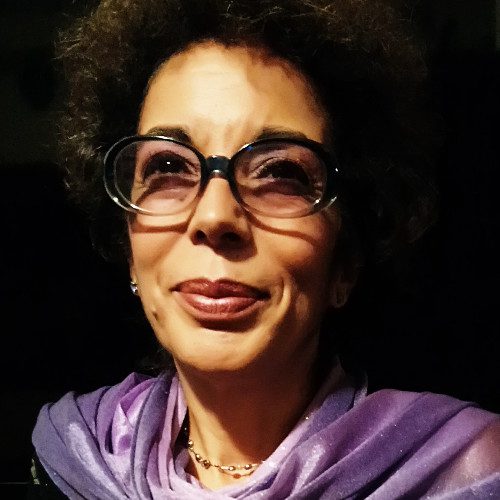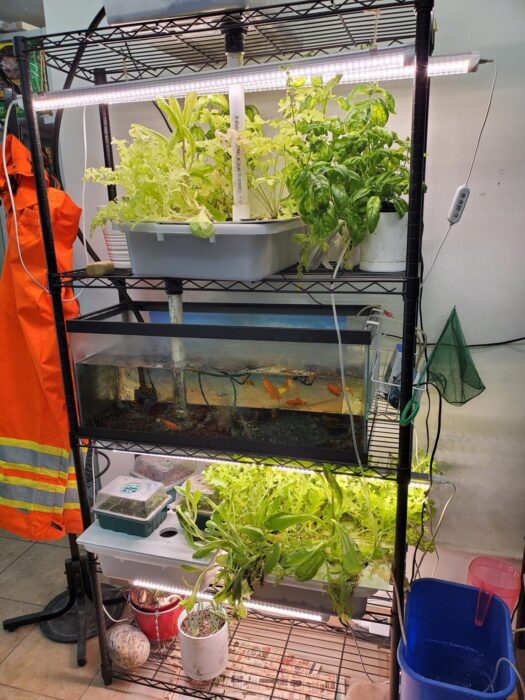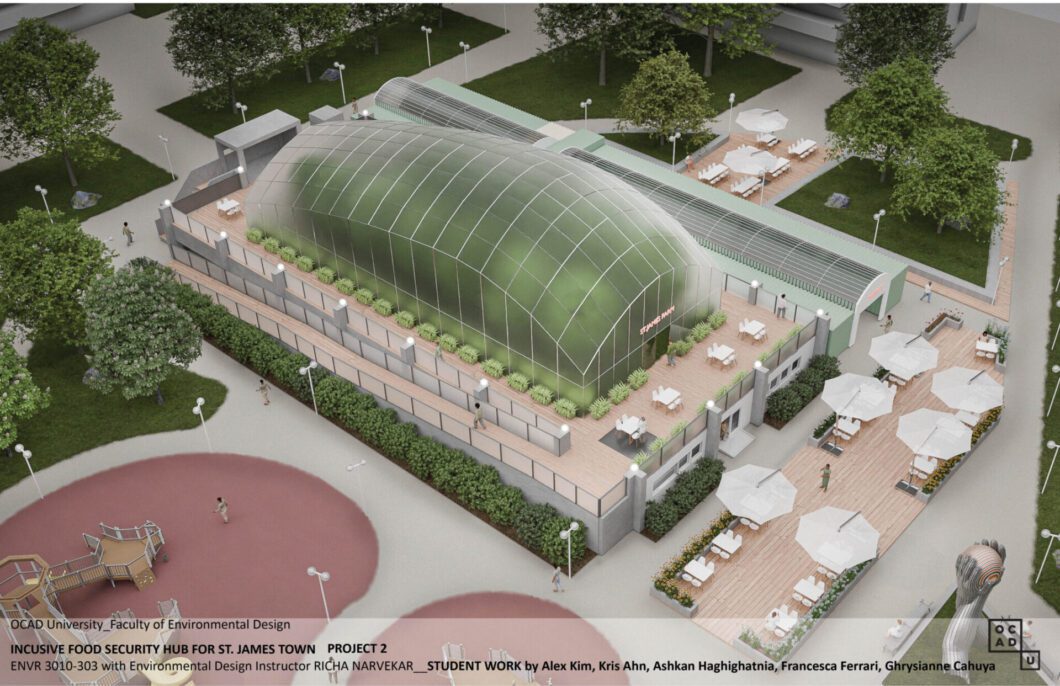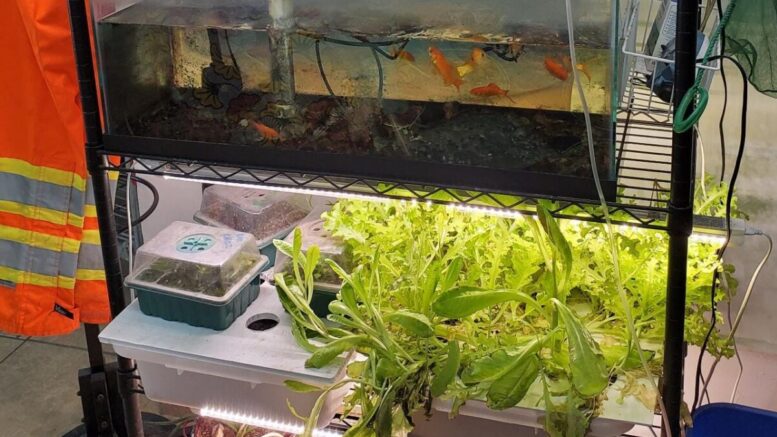A community organization in St. James Town is running an innovative food hub that combines new technologies with old knowledge and wisdom.
The OASIS food hub is designed and run by the St. James Town Community Co-op’s board members since 2019. It aims to provide healthy, sustainable and accessible food in its diverse and dense community in the northeast corner of downtown Toronto.
“Newcomers came here, having invested their life savings and uprooted everything and left everything behind and they land here in a concrete jungle,” said Josephine Grey, the co-op’s president and co-founder.
“They can only afford bad food or food that looks nice but isn’t good for [their] health.”

St. James Town is identified as one of 13 economically deprived neighbourhoods in the city. More than 17,000 residents live in 19 high-rise buildings.
Grey said the acronym OASIS stands for organic, agroecological and symbiotic integrated systems. The goal is to build this eco-friendly food hub by combining regenerative organic farming methods with modern 21st-century technology
According to Grey, they have several growing systems in their community co-op office as a start of this plan. They still lack many other facilities such as a greenhouse and kitchen “due to many obstacles we are still working to overcome.”

She said the OASIS food hub will focus on helping the community, instead of turning a profit.
“We want to start focusing on the quality and accessibility and health benefits of the food rather than the profit margins we can generate with the food.”
Good Food Buying Club, a branch program of OASIS, created a website to provide high-quality dried goods produced by local farmers at affordable prices to both club members and all citizens.
OASIS is run by and for the community, Grey said. It makes sure that communities have resiliency facing unpredictable extreme weather and changing conditions.
Asked about its applicability, Grey said they created this food hub model to help communities in any part of the world.
“We have also figured out a model for making sure that the community that designs, builds and maintains it… according to their needs and each community does the education and training and learns the things that they need to know to run [the food hub].”
Grey said they chose the name “OASIS” according to the traditional concept of an oasis in the desert.
“It’s a historical principle that an oasis is where people come for food and water in the desert. And in an oasis, no one is allowed to fight, people must get along and share in an oasis because everybody needs [food].”
Many residents engaged in the OASIS food hub project. Richa Narvekar, a freelance architectural designer living in the neighbourhood, got to know this project and involved her students from OCAD University to provide designs for the project.

“When I met the Co-op, I was teaching an environmental design class at OCAD. I wanted to create a live project for my students … give them a project where they could engage with real social issues in the environment.”
Narvekar let her students create visual proposals for reutilizing resources, such as non-functional swimming pools, into aquaponic ponds, a form of agriculture that combines raising fish in tanks (recirculating aquaculture) with soilless plant culture (hydroponics).
Narvekar said these visuals “help to convince the right people, like the city … will be able to see that it is entirely possible to not demote the pool to have a more sustainable and holistic way of adaptively reusing the area.”
Agreed with Grey, Narvekar said they have a very diverse population in ethnicity and financial ability.
“We have a lot of people experiencing homelessness. We have a lot of Indigenous people. We have a lot of low-income people who have disabilities.”
“I think architecture has never really lost the ability to solve social problems,” Narvekar said, “We just need to flip back some pages and go back to its original power.”

